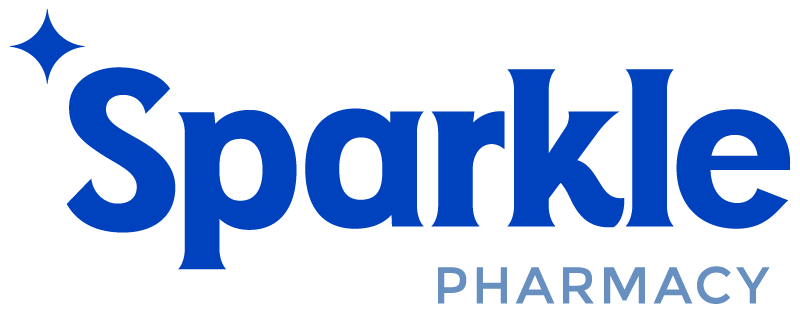A Beginner’s Guide to Understanding Prescription Labels
When you pick up a prescription from your pharmacy, the label on your medication bottle contains crucial information to ensure you use the medicine safely and effectively. Understanding this label can help you avoid mistakes and get the most benefit from your treatment. Here’s a breakdown of what you need to know.
Patient Information:
- At the top of the label, you’ll find your name and sometimes your address. Always double-check this section to ensure the medication is intended for you. Taking someone else’s medication, even accidentally, can be dangerous.
Medication Name:
- This is the name of the drug you’ve been prescribed. It could be the brand name (e.g., Tylenol) or the generic name (e.g., Acetaminophen). Knowing the generic name is important, as it can help you identify the same medication in different forms or brands.
Dosage Instructions:
- This section tells you how much medication to take, how often, and for how long. For example, it might say, “Take one tablet by mouth twice daily for 7 days.” Follow these instructions carefully to ensure the medication is effective.
- Dosage Amount: Indicates the specific dose, such as “500 mg.”
- Frequency: How often you should take it, e.g., “every 8 hours.”
- Route of Administration: How you should take the medication, such as “by mouth” or “apply topically.”
Refill Information:
- This part of the label tells you how many refills are left on your prescription. It might say “0 refills” or “3 refills before [date].” Make sure to keep track of your refills and contact your pharmacy in advance if you need more medication.
Expiration Date:
- The expiration date indicates when the medication should no longer be used. Using medicine past its expiration date can reduce its effectiveness and may even be unsafe. If your medication is expired, contact your pharmacist for guidance.
Special Instructions:
- This area may include additional guidance, such as “Take with food,” “Do not drink alcohol while taking this medication,” or “Store in a cool, dry place.” These instructions are crucial for ensuring the medication works as intended and to avoid side effects.
Pharmacy Information:
- Your pharmacy’s contact details, including the phone number and address, are usually listed at the bottom of the label. If you have any questions about your medication, don’t hesitate to call your pharmacist.
Warnings and Precautions:
- Labels may also include warnings like “May cause drowsiness” or “Avoid sunlight.” These warnings are there to help you avoid potentially dangerous situations. Always read and follow these warnings closely.
Prescription labels contain vital information to help you use your medication safely and effectively. By understanding each part of the label, you can ensure you’re taking your medicine correctly, reducing the risk of side effects or errors. If you’re ever unsure about anything on your prescription label, your pharmacist is your go-to resource for clarification and advice.
